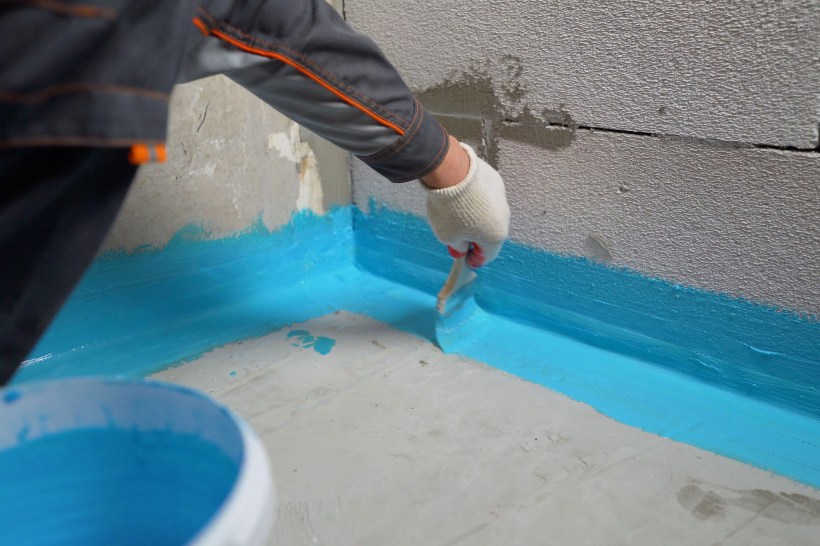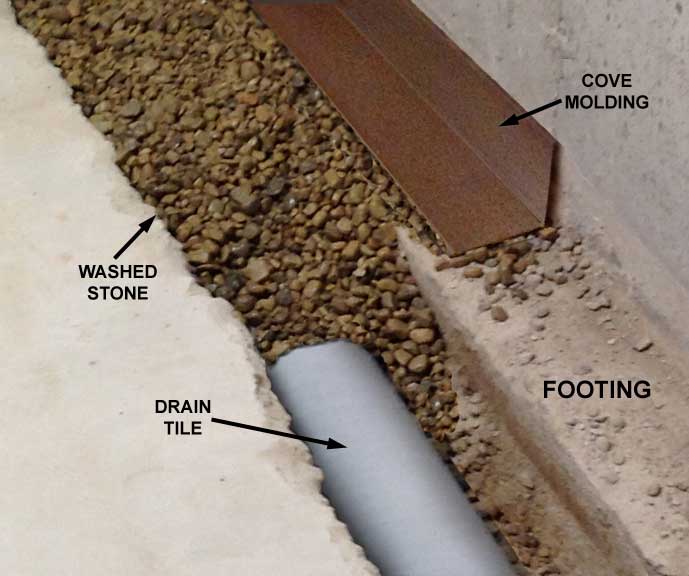Rumored Buzz on Waterproofing Auckland
The Waterproofing Auckland Diaries
Table of ContentsA Biased View of Waterproofing AucklandWaterproofing Auckland - QuestionsMore About Waterproofing AucklandWhat Does Waterproofing Auckland Do?Not known Details About Waterproofing Auckland Things about Waterproofing Auckland
Waterproofing structures is the approach of developing a barrier over surfaces of structures, roof coverings, wall surfaces and also various other structural members of structures to avoid water infiltrations via these surface areas. In summary, building surfaces are made waterproof and also water resistant. Study has shown that waterproofing only makes up 1% of a building's building expenses but when ignored, it can be liable for virtually 90% of the damages.
You require to make sure that you obtain the right types of waterproofing products for your special needs. These are easily offered from suppliers of stonework products like, as well as they're very easy to mix and also apply.
Polyurethane liquid membrane layer method of waterproofing is typically made use of for the flat roof covering area and revealed to weathering. This kind of waterproofing material is really conscious moisture material existing. Prior to application, it is essential to be additional mindful in evaluating the moisture material of the concrete piece, or else peeling or de-bonding of membranes may occur after some time.
It provides extra flexibility than the cementitious types of waterproofing. At the end of the day, there are lots of one-of-a-kind sorts of waterproofing materials in the marketplace. Some are more effective than others. With this in mind, it is essential to understand that not every one of them are equivalent. You should take some time to discover out which one is going to work best for your individualistic job demands.
The Waterproofing Auckland PDFs
How does cellar waterproofing job? Inside cellar waterproofing works by addressing water infiltration where it manifests itself inside. After thoroughly examining any leak-prone internal locations, workers develop a trench in the basement floor that runs alongside the damaged location. They position a drainage system in this trench, directing water far from the basement interior, and seal the trench with concrete to bring back the look of the initial foundation floor.

Outside cellar waterproofing strategies relieve this stress by redirecting water into a gravel-covered ground drain, which carries it away from your house. While both techniques of basement waterproofing work well, they fix the problem in various means. Interior basement waterproofing remains a popular alternative because of its somewhat reduced price factor, while exterior basement waterproofing works for house owners who prefer to avoid indoor construction work.
Call us today to read more about the basement waterproofing work we perform for Georgia house owners.
Waterproofing Auckland - Questions
Inside locations of our residence must be maintained completely dry from roof covering to cellar. Full Report Waterproofing the residence prior to building will prevent these problems. If you water resistant your house, it will certainly prevent damage later on.
It is likewise essential for the accuracy of the building. Depending on the level of water damages or owner preference, waterproofing systems can be mounted indoors or outdoors.
Initially, the poly acrylic chemical solution is prepared which is made use of to secure the damage or leak on the wall surface and also balcony which will be a strong waterproof base along with secure as well as maintain the toughness of any type of framework. This is done by an extremely educated expert group. You need to ensure that high-grade items are made use of for the treatment.
The final action is to place 2 layers of poly acrylic chemical with white cement on the surface. is ideal for structures and structures that are currently having leak or damage as well as for brand-new frameworks to stay clear of leak in future. This process assists in maintaining the life and also quality of the structure and ensures that there is no damage to the structure due to the rains.
Excitement About Waterproofing Auckland

Apply a thick cement slurry over the surface area of the slab. Apply 1:1 -:3 steel screen layer. Treat this layer for at the very least seven days, by placing wet gunny bags on it. Over this layer, apply an ending up layer with cement sand mortar 1:4 as well as water-proofing compound according browse around this site to the design.
Make an edge between the parapet and also the sloping piece on the second day. Cure this waterproofing for fifteen days, with damp gunny bags spread out over it.
Things about Waterproofing Auckland
Likewise, inspect the density of the Shahbad floor tiles. It must be in between 32mm to 40mm (1 1/4 to 1 1/2). Keep the break joint pattern while taking care of Learn More the Shahabad floor tiles for the base. After dealing with the Shahabad floor tiles, grout the joints with concrete slurry entirely. Seal the joints between the Shahabad ceramic tiles with the assistance of C.M.
For the basement, the arrangement of gutter as well as sump is made in P.C.C. itself and Shahabad base is additionally prepared in the same style. The seamless gutter is given an appropriate slope towards the sump. This stipulation is a safety net against the occasional access of rain in the basement. Over the plastered Shahabad base, boating piece is cast as well as the R.C.C.
Rough Shahbad tiles are after that dealt with to the vertical pardi from the exterior. Apply neat cement paste on the 4 edges and in the center of the 25mm (1) Shahabad tile, Press this floor tile securely over the R.C.C. pardi in line and level. At once, repair only an elevation of 1.
Waterproofing Auckland for Beginners
After curing, offer the final jointless water-proof plaster layer in C.M. 1:4 over the harsh Shahabad. The whole process discussed above types a box around the framework and also does not enable any water to seep with or leak from the basement.